How to Pack Light for a Day of Pier Fishing
Pier fishing offers a delightful blend of accessibility and productivity for anglers of all skill levels. Unlike boat fishing or shore casting, pier fishing allows you to reach deeper waters without the expense of watercraft while providing stable footing and often amenities nearby. However, the walk from your vehicle to the end of a pier can be surprisingly long, making an overpacked tackle box and unnecessary gear a literal burden. This guide will help you streamline your fishing setup for a day on the pier, ensuring you have everything you need without weighing yourself down. By packing smartly, you’ll spend less time lugging equipment and more time enjoying the rhythmic cast and reel of a perfect day on the planks.
Understanding Pier Fishing Fundamentals
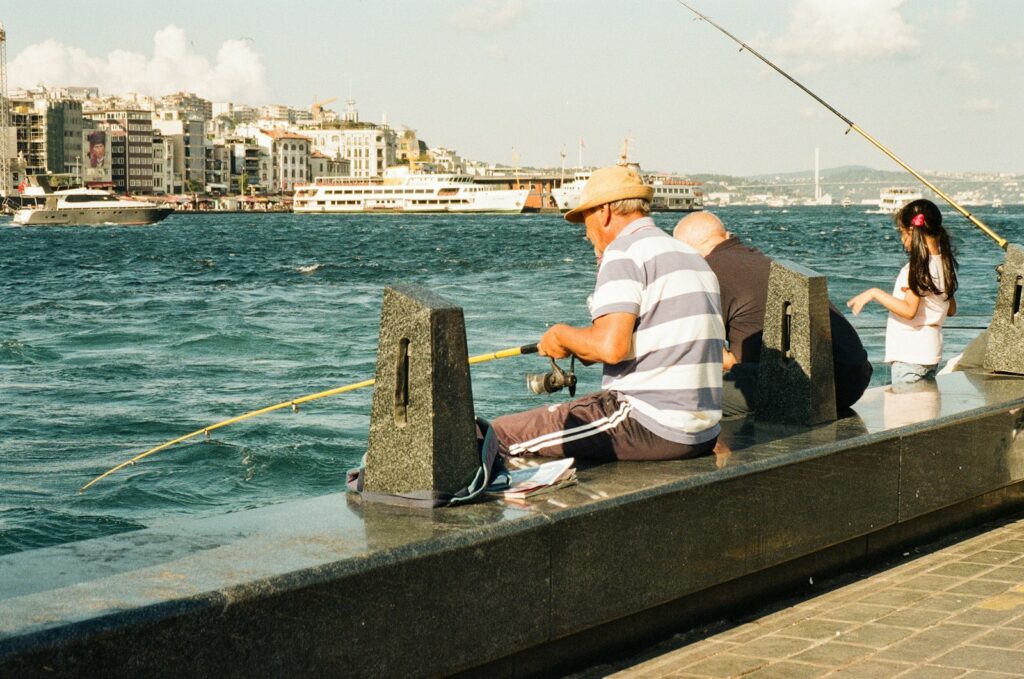
Pier fishing differs from other fishing styles primarily in its fixed position and vertical approach to the water. This unique setting means you don’t need the extensive range of gear required for exploring different fishing spots throughout the day. Most piers extend far enough to reach deeper water where various species congregate, allowing you to target multiple fish from a single location. The stable platform eliminates the need for specialized balance equipment or wading gear you might pack for stream or shore fishing. Additionally, many piers have benches, cleaning stations, and sometimes even bait shops, further reducing what you need to bring along. Understanding these fundamentals helps you make smarter decisions about what deserves space in your limited carrying capacity.
Choosing the Right Tackle Bag
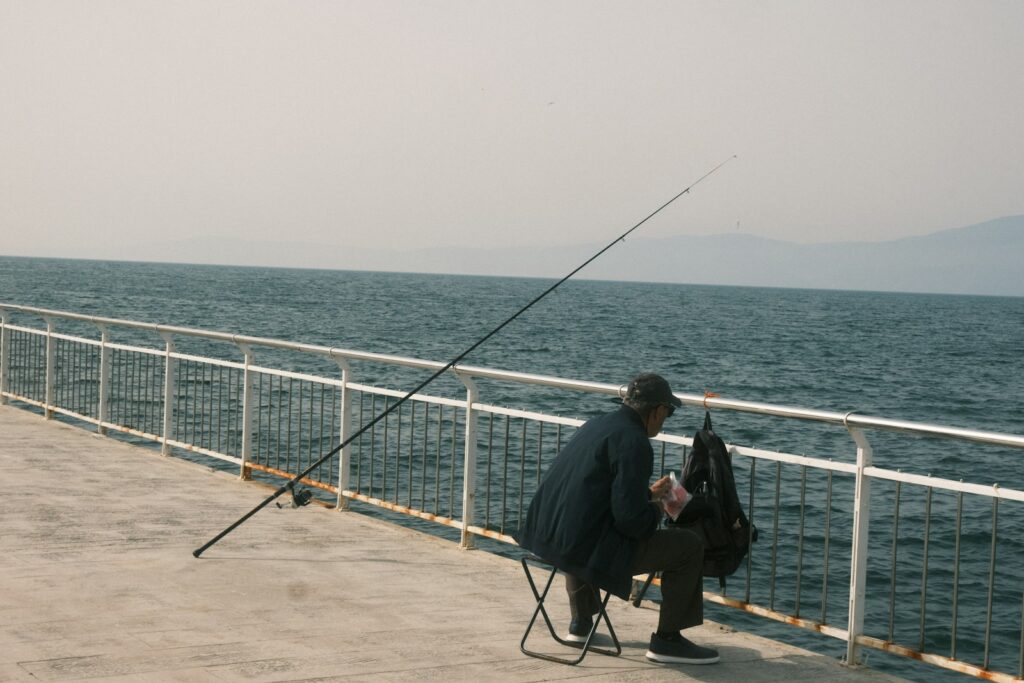
The foundation of packing light starts with selecting an appropriate container for your gear. A compact shoulder tackle bag or backpack style fishing bag offers better mobility than traditional bulky tackle boxes when traversing long piers. Look for bags with adjustable compartments that can be reconfigured based on the gear you’re bringing that day, rather than fixed-size compartments that waste space. Water-resistant materials are essential for protecting your equipment from spray and unexpected rain, while padded straps prevent discomfort during the walk. Some modern fishing bags include specialized holders for pliers and other tools, reducing the need for additional pouches. Select a bag that’s slightly smaller than you think you need to force yourself to be selective about what goes inside.
Rod Selection Strategy
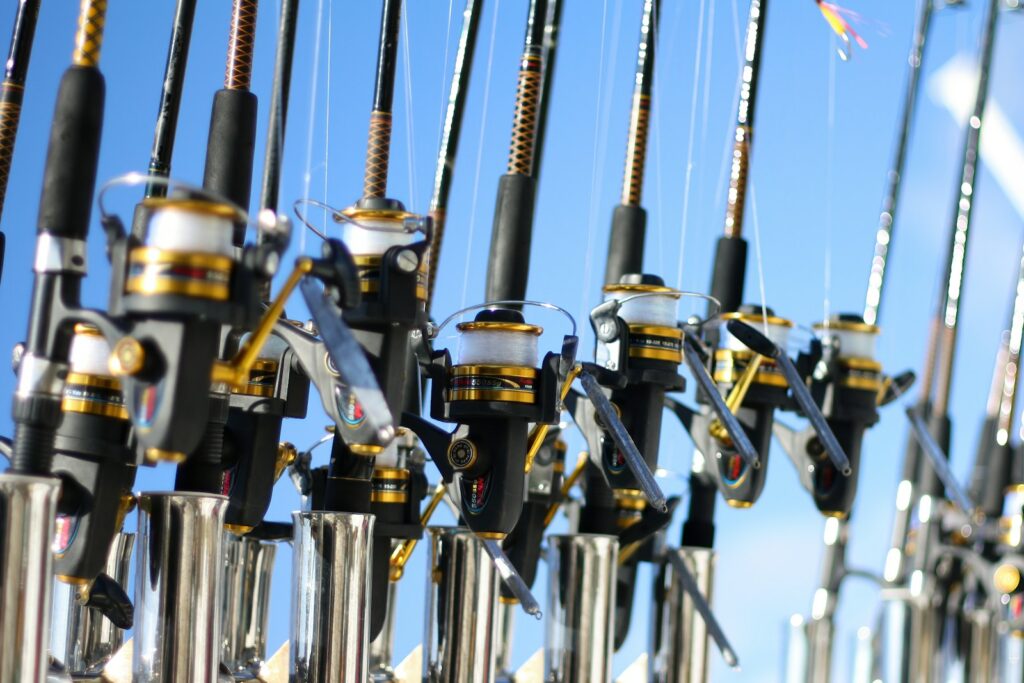
While it might be tempting to bring multiple rods to cover different fishing scenarios, pier fishing rarely requires more than two carefully chosen setups. A medium-action 7-foot spinning rod paired with a versatile reel can handle most pier fishing situations, from bottom fishing to casting lures. If you’re bringing a second rod, make it serve a distinctly different purpose—perhaps an ultralight setup for smaller species or a heavier rod for larger game fish if they’re known to frequent your pier. Telescoping or multi-piece travel rods offer an excellent compromise, allowing you to bring backup capability without the bulk. Remember that managing multiple rods on a crowded pier can become cumbersome and actually detract from your fishing experience. Quality always trumps quantity when packing light for pier fishing.
Essential Terminal Tackle Only

One of the biggest weight contributors to an angler’s pack is the seemingly endless collection of hooks, weights, and terminal tackle accumulated over time. For pier fishing, streamline your selection to include only versatile options that serve multiple purposes. A small container with an assortment of circle hooks in sizes 1/0 to 4/0 covers most pier fishing scenarios without unnecessary duplication. Include a handful of egg sinkers ranging from ½ to 3 ounces to adapt to changing currents and depths. Pre-tied rigs like dropper loops or high-low rigs save time and eliminate the need for carrying excessive components. Steel leaders should only be included if toothy species like mackerel or bluefish are likely targets at your chosen pier. This minimalist approach ensures you’re prepared without carrying every piece of terminal tackle in your collection.
Lure Selection Simplified
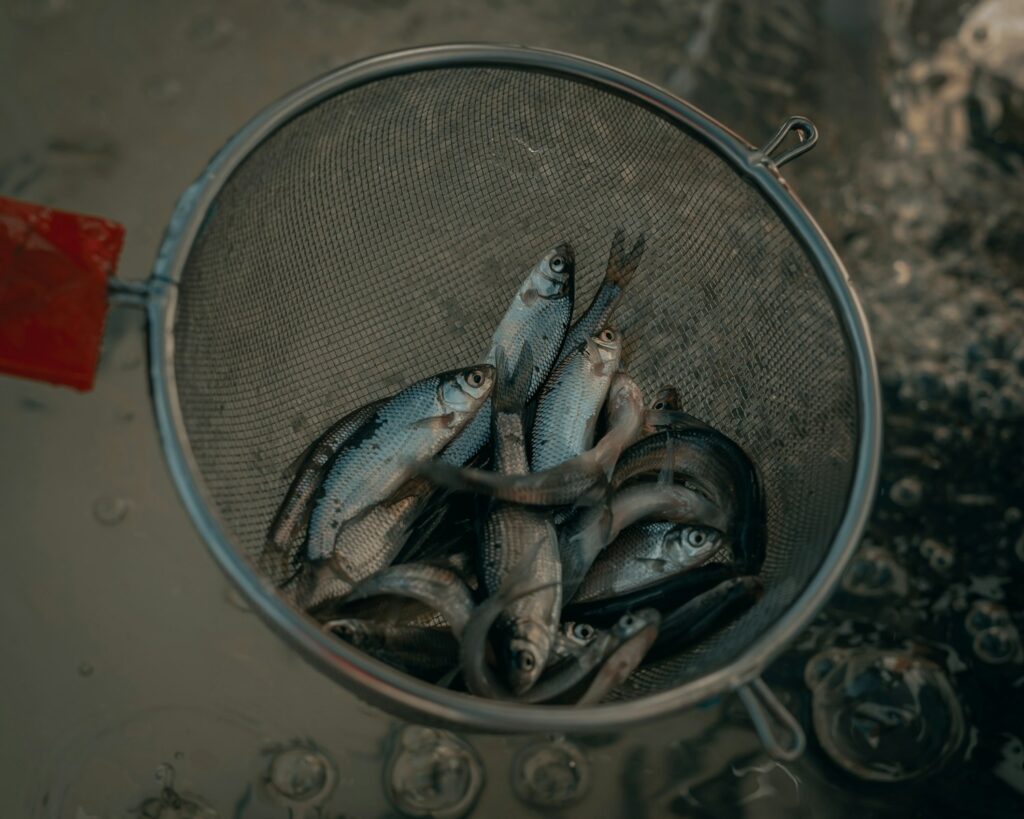
The lure section of many tackle shops is designed to catch anglers more effectively than fish, resulting in collections that weigh down tackle bags unnecessarily. For pier fishing, limit yourself to no more than 5-7 proven lures that match the species you’re targeting. Versatile options like silver spoons, bucktail jigs, and soft plastic swim baits in natural colors work across multiple species and conditions. Consider carrying a few small jigheads separately from soft plastics so you can mix and match as needed without bringing pre-rigged combinations of every possible arrangement. Research the specific pier you’re visiting beforehand to learn which lures have historically performed well there, allowing you to be even more selective. Remember that confidence in your lure choices often contributes more to fishing success than having dozens of options you’re hesitant to use.
Bait Considerations

Live or fresh bait often outperforms artificial lures for pier fishing, but bait can create significant weight and storage challenges if not approached thoughtfully. Instead of bringing large containers of multiple bait types, research which bait works best for your target species and focus on quality rather than quantity. Small bait coolers with just enough ice to keep bait fresh for your planned fishing duration prevent over-packing. Consider using locally purchased bait whenever possible, as many fishing piers have nearby bait shops or fellow anglers selling fresh bait on-site. Artificial alternatives like Fishbites or Gulp! products can supplement or replace some live bait needs while eliminating the weight of ice and bulky containers. For situations where live bait is essential, aerator buckets with just enough water to keep bait healthy conserve weight compared to oversized bait tanks.
Minimalist Tool Selection
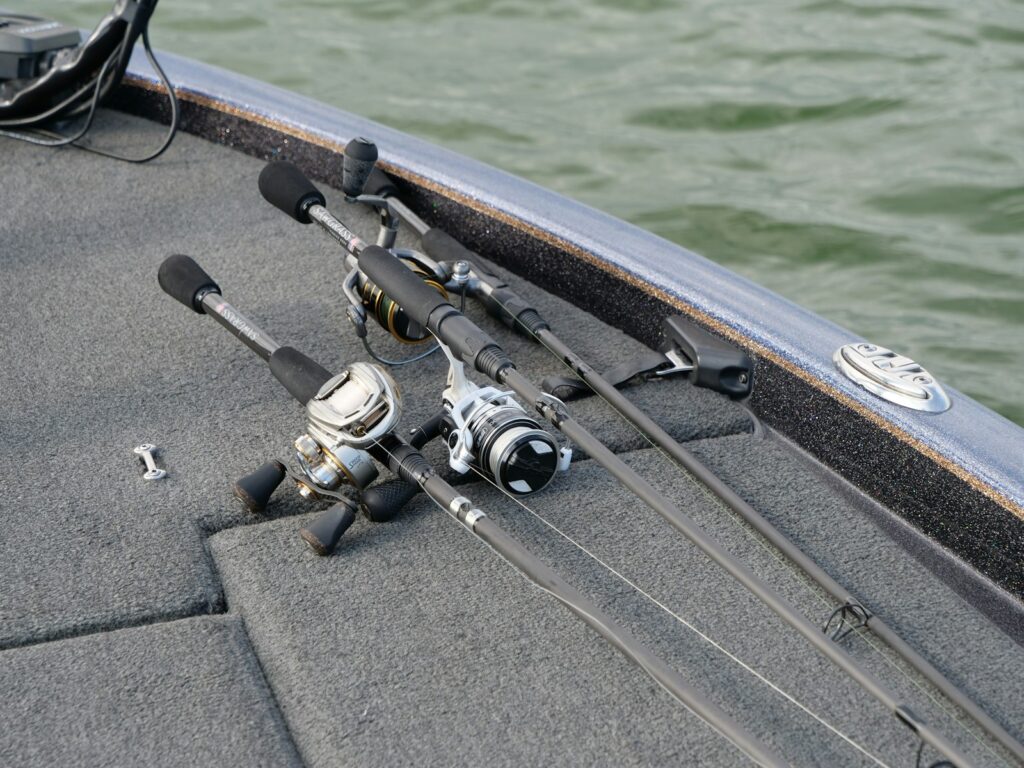
A fully-loaded fishing tool belt might seem prepared, but becomes cumbersome during a long day on the pier. Focus on multi-purpose tools that eliminate the need for multiple specialized items. A quality pair of fishing pliers with built-in line cutters, hook removers, and split ring capabilities serves multiple functions while occupying minimal space. A compact fishing knife with a 3-4 inch blade handles bait cutting, line management, and basic cleaning tasks without the bulk of a full fillet knife set. Include a small measuring tape that attaches to your bag rather than a bulky bump board if size limits apply to your fishing area. Streamline further by selecting tools with lanyards or retractors that attach directly to your person or bag, eliminating separate storage requirements while preventing accidental drops into the water.
Weather Protection Essentials
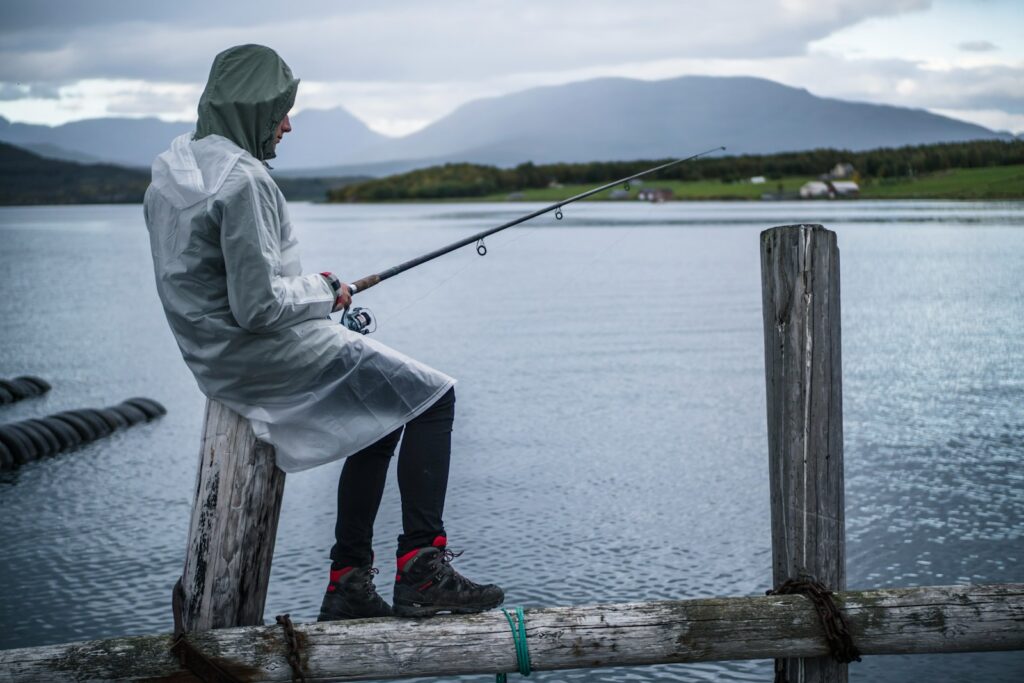
Piers offer little shelter from the elements, making weather protection critical without overloading your pack. A packable rain jacket takes minimal space yet provides crucial protection during unexpected showers that would otherwise end your fishing day prematurely. Sun protection requires equal consideration—a lightweight long-sleeve performance fishing shirt with UPF protection eliminates the need for repeatedly applying bulky sunscreen bottles. A compact, wide-brimmed hat provides better protection than bulkier headwear options while taking less space in your bag when not in use. Polarized sunglasses serve dual purposes of eye protection and improved visibility into the water, helping you spot fish activity below. These carefully chosen items ensure comfort in changing conditions without the weight of full-sized alternatives.
Food and Hydration Strategy
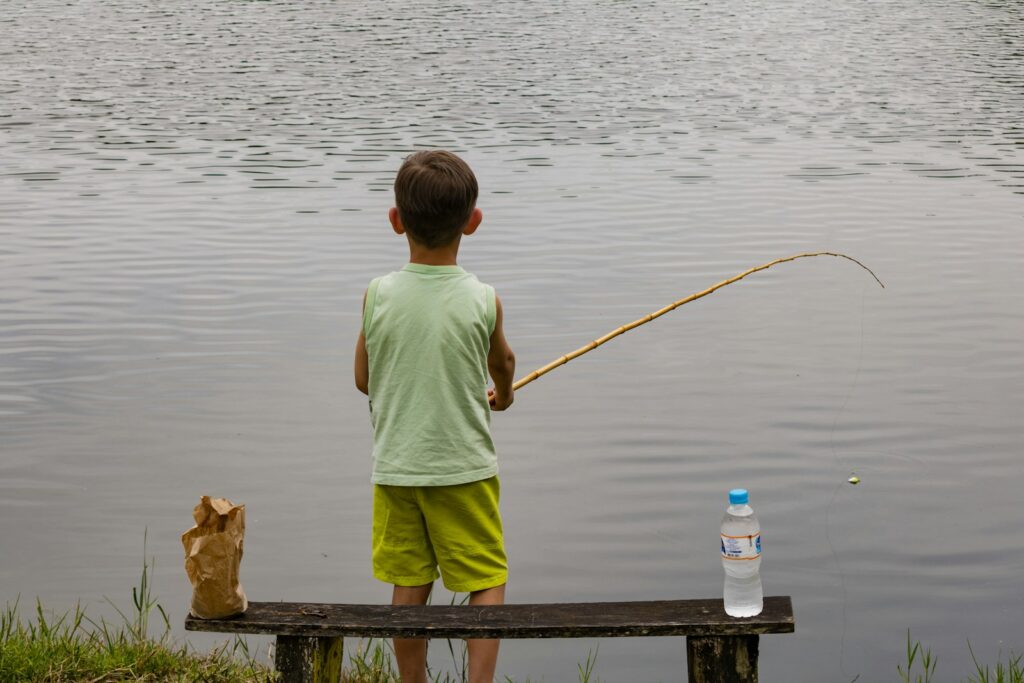
Extended pier fishing sessions require sustenance, but traditional coolers and extensive food supplies quickly become burdensome. A single insulated water bottle keeps hydration available throughout the day while eliminating the weight and waste of multiple disposable bottles. Calorie-dense, non-perishable snacks like trail mix, energy bars, and jerky provide necessary nutrition without refrigeration requirements. If you prefer a more substantial meal, consider lightweight options like vacuum-sealed tuna packets with crackers rather than heavy sandwiches that require additional cooling measures. Some anglers benefit from collapsible containers that take minimal space when empty but can hold any fish you intend to keep without carrying a full cooler throughout the day. This approach to food and drink ensures you stay energized without the excessive weight of traditional picnic setups.
Electronics and Documentation
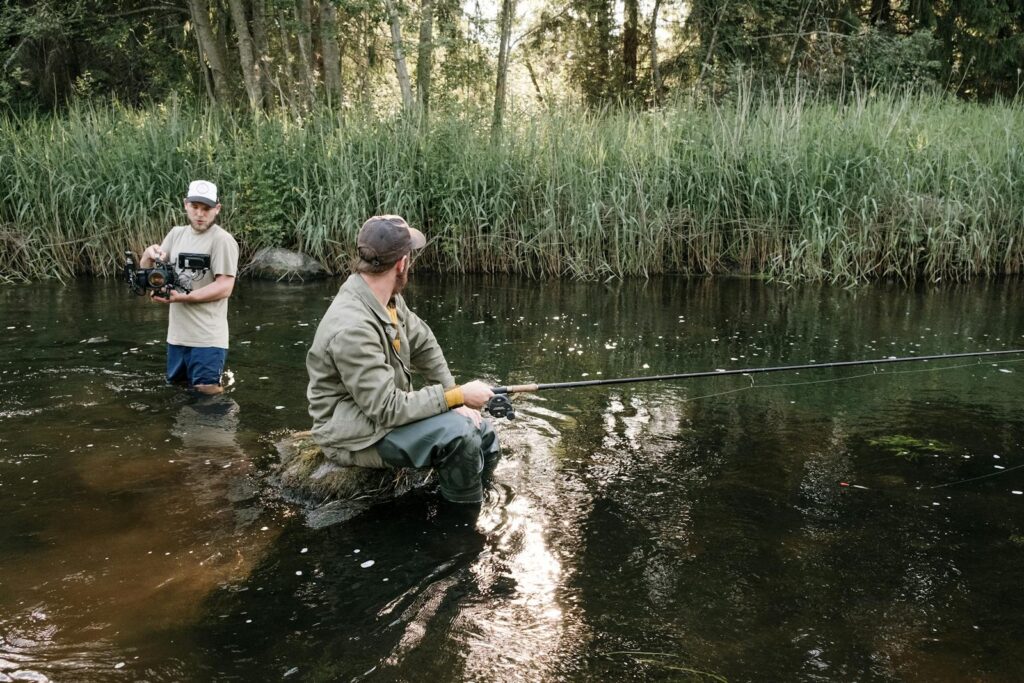
Modern fishing often involves various electronic devices and required documentation, but these can be streamlined for pier excursions. Rather than bringing separate cameras, GPS devices, and fish finders, utilize smartphone apps that consolidate these functions with minimal additional equipment. A waterproof phone case or small dry bag offers protection without the bulk of larger waterproof containers. Store digital copies of fishing licenses and regulations on your phone instead of carrying printed materials when legally permitted in your jurisdiction. If you use electronic fish finding technology, consider compact castable units rather than larger traditional fish finders that require additional batteries and mounting hardware. This technology consolidation strategy significantly reduces weight while maintaining functionality for most pier fishing situations.
Comfort Items Worth Their Weight

While minimalist packing remains the goal, certain comfort items justify their inclusion despite adding some weight to your setup. A compact fishing chair or folding stool provides welcome relief during long periods between bites, particularly on piers without built-in seating. Small towels serve multiple purposes from hand cleaning to fish handling to sun protection when draped around your neck. Consider a clip-on umbrella that attaches directly to pier railings or your chair for shade without carrying a full-sized umbrella. Insect repellent wipes take significantly less space than spray bottles while providing necessary protection at dawn and dusk when insects typically become problematic on piers. These carefully selected comfort items enhance your fishing experience substantially relative to their minimal weight contribution.
Packing and Organization Techniques

How you pack proves equally important as what you pack when minimizing your load for pier fishing. Utilize the Russian nesting doll approach by storing smaller items inside larger ones—leaders can be wound around empty plastic spools, and hooks can be stored inside empty medicine bottles to prevent tangling. Pre-rig several leader setups and store them wrapped around foam or cardboard to deploy quickly without carrying excessive components. Consider vacuum-sealing rarely used but potentially essential items like emergency rain gear to reduce their volume by up to 70%. Attach frequently used tools directly to your person using retractable gear keepers rather than repeatedly accessing your bag. Organization systems with clear compartments reduce time spent searching for gear and prevent the tendency to overpack “just in case” you can’t find something when needed.
Pre-Trip Planning for Lighter Packing
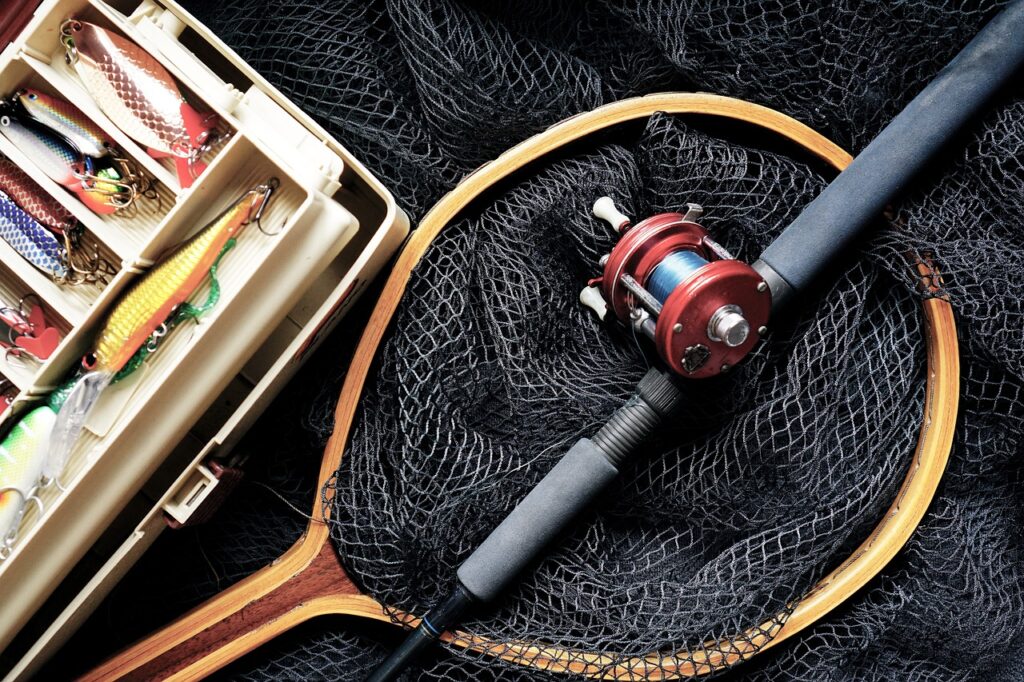
The most effective weight reduction happens before you even begin packing through careful pre-trip research and preparation. Study recent fishing reports specifically from your chosen pier to identify exactly which species are active and which techniques are producing results. Check detailed weather forecasts to eliminate weather-specific gear that won’t be needed based on predicted conditions. Call local bait shops to confirm bait availability, potentially eliminating the need to transport certain bait types from home. Review pier amenities online to avoid duplicating available resources—many piers provide fish cleaning stations, water sources, and occasionally rod holders. This advance information gathering allows you to pack with surgical precision rather than the “better safe than sorry” approach that inevitably leads to carrying excess weight throughout your fishing day.
In conclusion, successful light packing for pier fishing requires intentional selection of versatile, quality gear rather than simply bringing less of everything. By understanding the unique nature of pier fishing, choosing multipurpose tools, and eliminating redundant items, you can create a streamlined setup that enhances rather than hinders your fishing experience. The joy of pier fishing comes from the relaxed atmosphere, the connection with fellow anglers, and the excitement of the catch—not from having the most extensive gear collection on display. A thoughtfully packed, lightweight setup allows you to focus on what truly matters: the peaceful rhythm of fishing and the satisfaction of a well-earned catch at the end of your line. Your back, shoulders, and fishing experience will all benefit from the minimalist approach outlined in this guide.
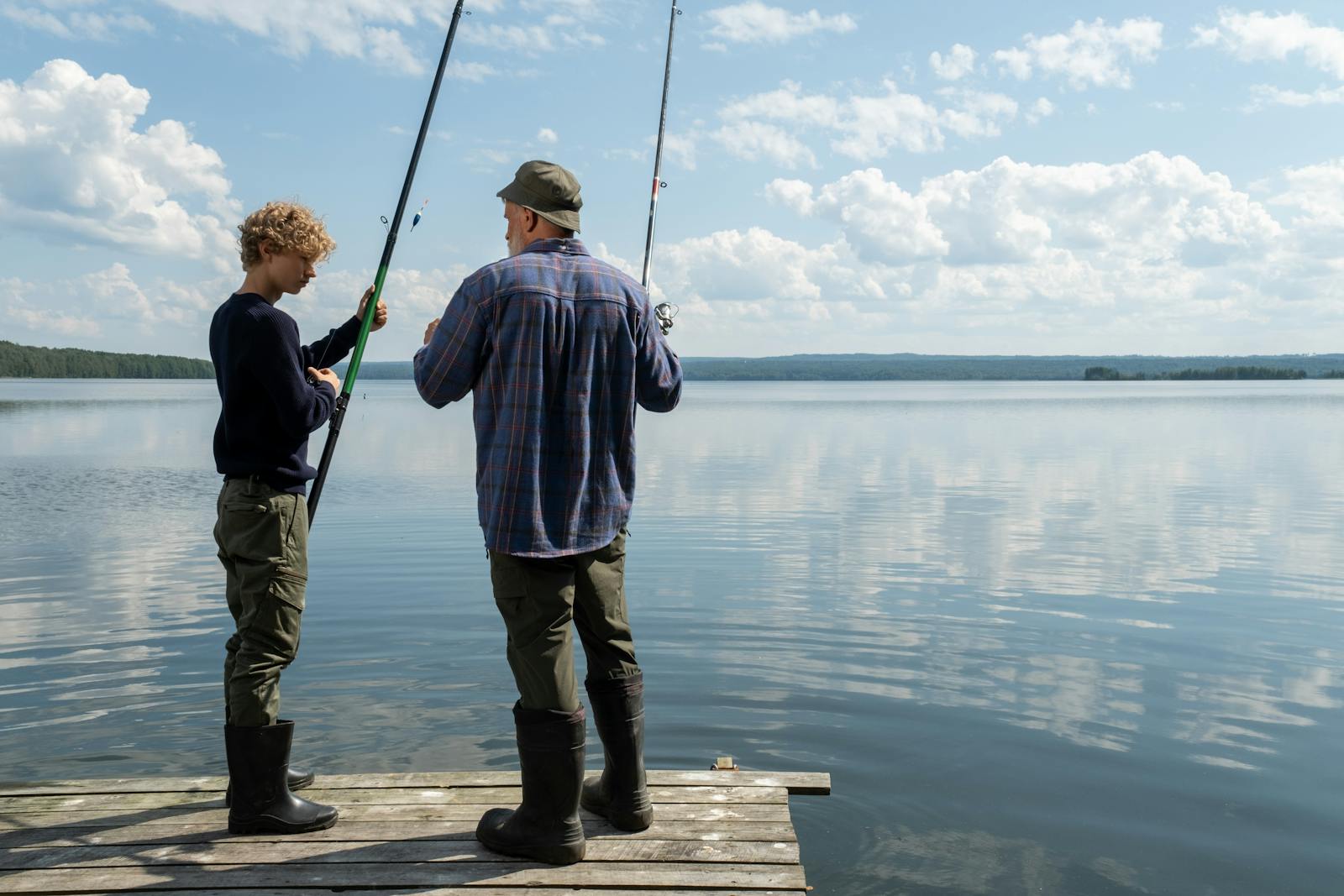
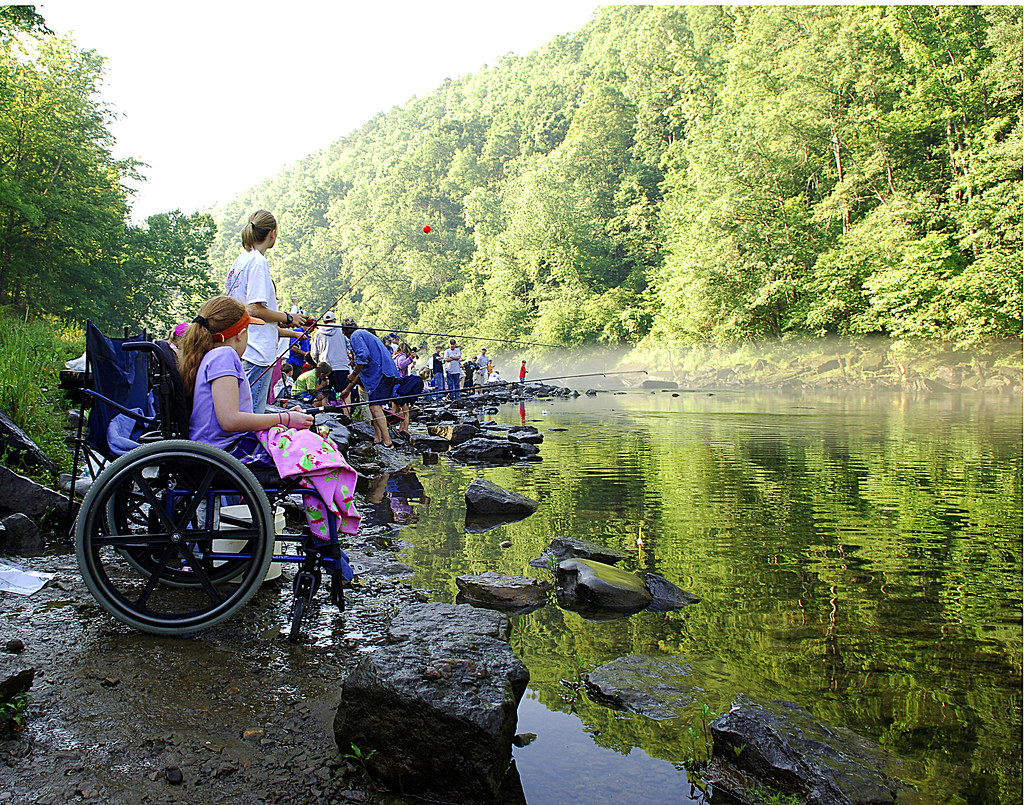
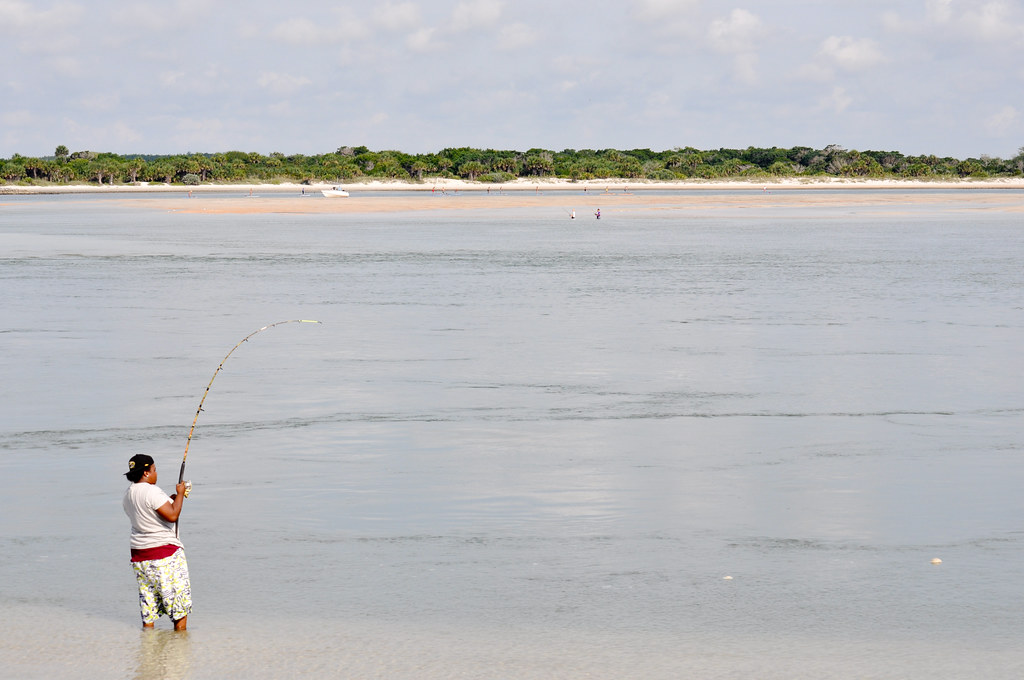











Post Comment